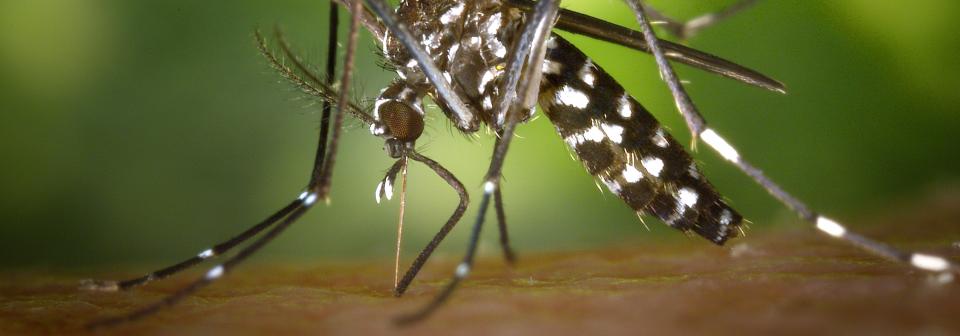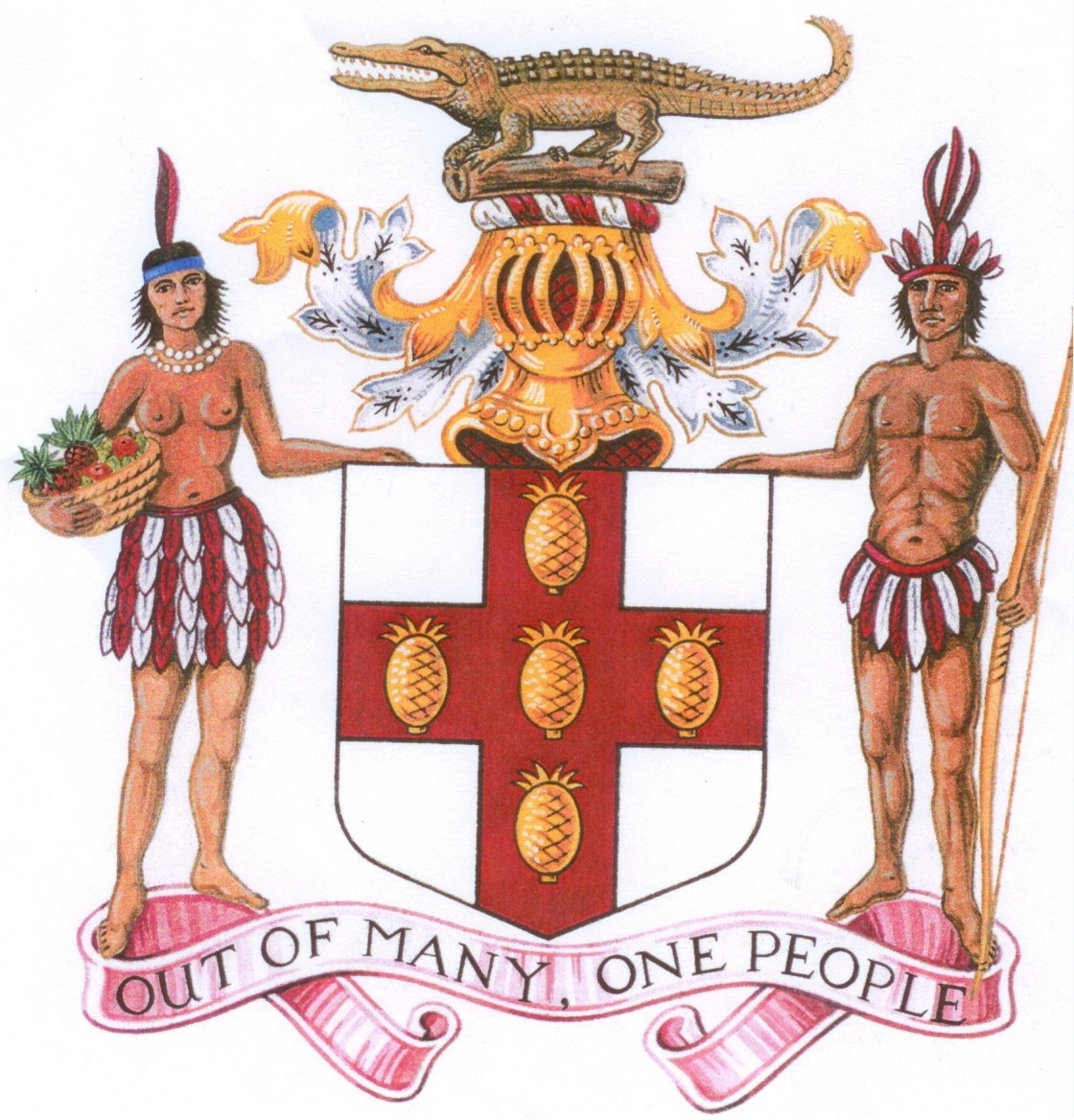Chikungunya Came to Jamaica in 2014

What is Chikungunya?
Chikungunya is a mosquito-borne viral disease first described during an outbreak in southern Tanzania in 1952. It is an RNA virus that belongs to the alphavirus genus of the family Togaviridae. The name “chikungunya” derives from a word in the Kimakonde language, meaning “to become contorted”, and describes the stooped appearance of sufferers with joint pain (arthralgia). In Jamaica, it is commonly called “Chik-V”.
Chikungunya is a viral disease and is transmitted from human to human by the bites of infected female mosquitoes. Most commonly, the mosquitoes involved are Aedes aegypti and Aedes albopictus, two species which can also transmit other mosquito-borne viruses, including dengue. These mosquitoes can be found biting throughout daylight hours, though there may be peaks of activity in the early morning and late afternoon. After the bite of an infected mosquito, onset of illness occurs usually between 4 and 8 days but can range from 2 to 12 days.
Islandwide Epidemic(Epi) Curve
The chart below gives a graphical display of the numbers of incident cases in the 2014 outbreak plotted over time.
In Jamaica, local transmission was identified on 5 August 2014. A total of 5,180 cases of Chikungunya fever were notified to the National Epidemiology Unit of the Ministry of Health since May, 2014 and as at the end of 2015. The largest number of cases was reported between Epidemiology Weeks 37 and 40 of 2014. Since the start of 2015 the number of cases reported per week has ranged between none (zero) and 7.
Virus Spread from East to West
As seen in the animated heatmap above, the virus spread west from the eastern urban areas.
This is corroborated by the parish level Epi charts below. You will notice the distribution is skewed to the right in the more western parish of Westmoreland.

Saint Andrew
Westmoreland



